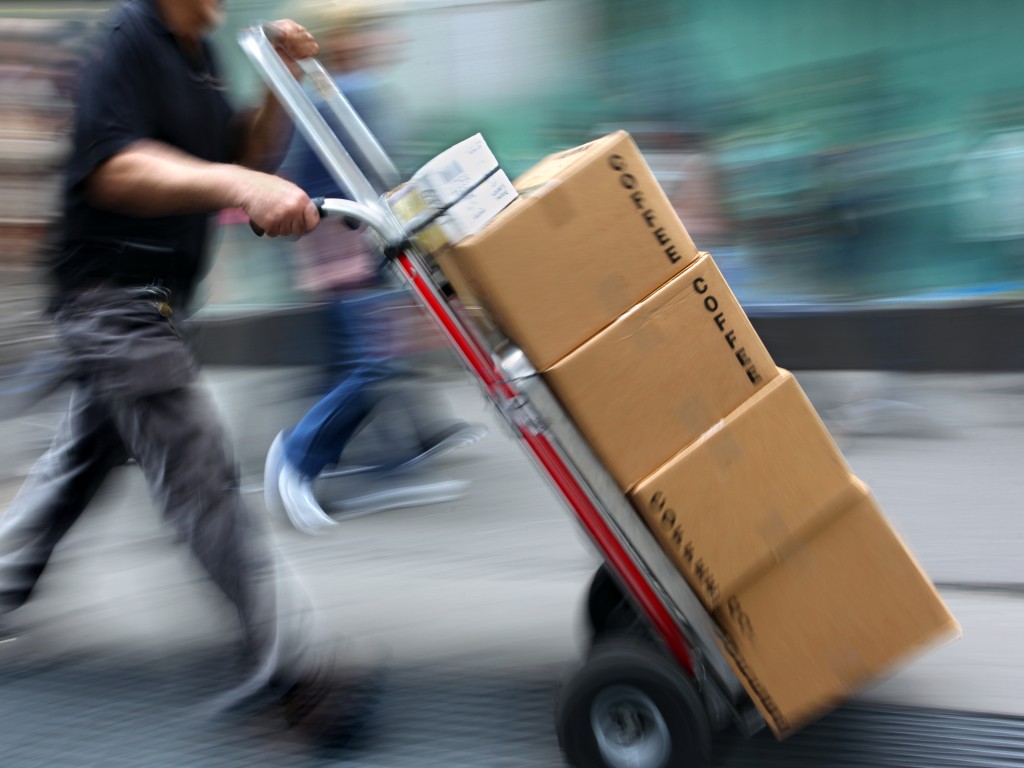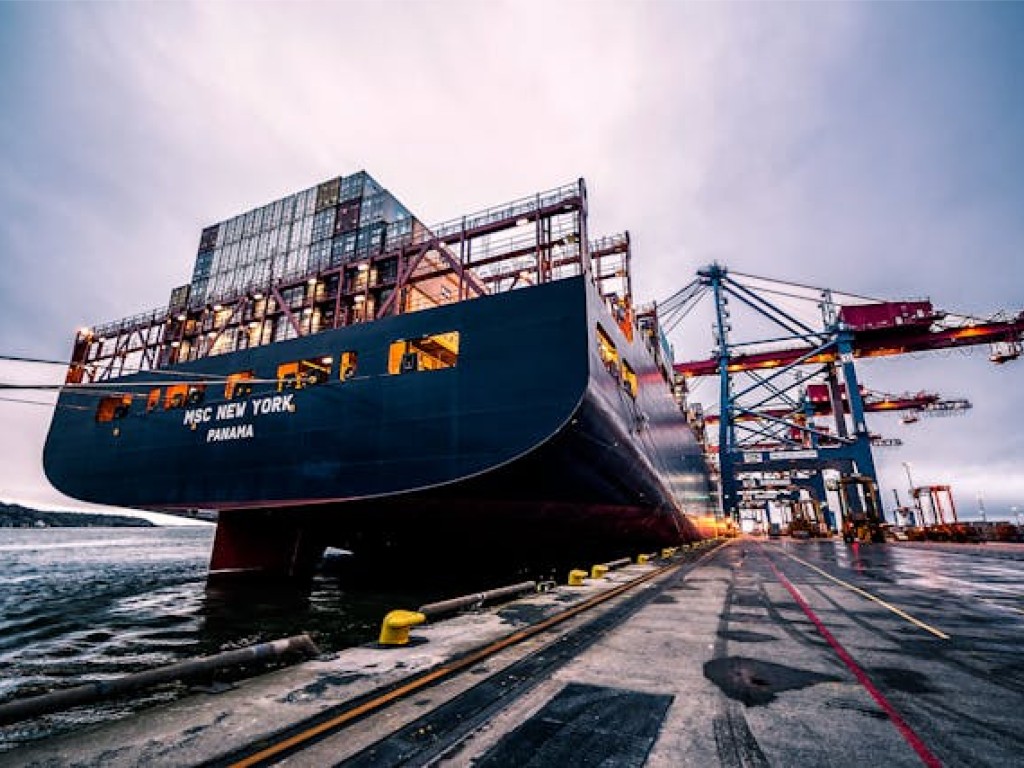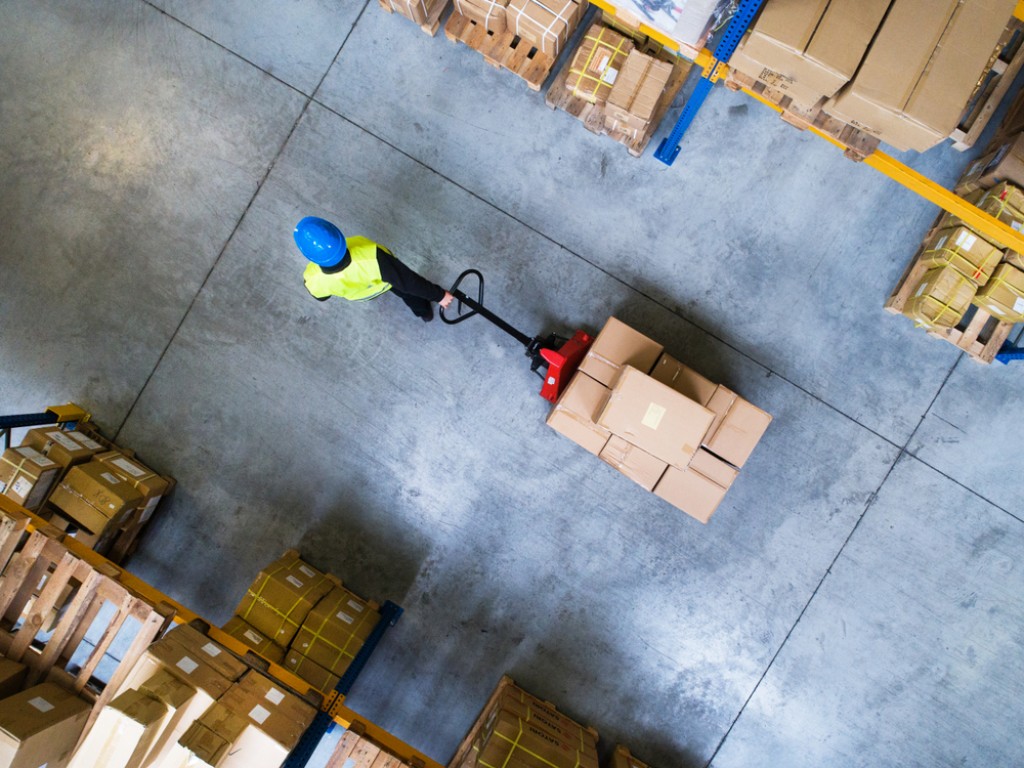Top Sector Logistics: our Implementation Programme
The third Top Sector programme will start in 2024. Since its inception in 2012, the Top Sector Logistics has made great strides. The scope of the programme has broadened from primarily increasing the economic earning capacity of logistics to additionally focusing on social goals for the benefit of liveability, such as sustainability and circular economy. In doing so, logistics contributes to the missions of the Mission-Driven Top Sectors and Innovation Policy (MTIB). In the latest Top Sector Programme (2020-2023), there has been a strong focus on application and upscaling.
It is important not only for the broad prosperity of today, but for future generations that we keep a close eye on liveability and prosperity. Logistics' 'license to operate' has been under pressure for several years. It is therefore important to focus on both reducing any negative effects of logistics and increasing the positive contribution that logistics makes to Dutch society.
Logistics plays a crucial but often less visible role in our society. Although there is only three years between the start of the previous Top Sector Programme and this Implementation Programme 2024-2027, the world looks different. The Netherlands is facing major challenges, such as keeping healthcare affordable, the energy crisis and the transition to a circular economy. Logistics is essential for all these challenges. At the same time, the logistics system is running up against its physical limits. Space is scarce, nitrogen problems make new construction difficult and disruptions in the chain are increasingly common. Innovation in logistics is therefore more important than ever, for both societal challenges and Dutch earning capacity. In the second programme, we have already developed a number of initiatives that tie in well with this, such as Carbon Added Accounting for demonstrating CO2 emissions throughout the chain, or extending the CO2 footprinting methodology for nitrogen reduction in construction. In TSL2, over 1,500 parties have already actively participated and used developed tools or other material. With this new Top Sector programme, we are further fleshing out the challenges.
Social and economic challenges with logistics as enabler of solutions
The following developments have a major impact on logistics and therefore affect this implementation programme:
Disruptions and geopolitical developments
Since 2019, many disruptions of various kinds have taken place with an impact on logistics and supply chains. From the Covid-19 pandemic to the Suez Canal blockade, from growing international political tensions to shortages (such as of chips or gas) and from congestion to drought issues. These disruptions make us look differently at our logistics and the way we organise our chains. System resilience and strategic autonomy have thus become significantly more important, both for the broad prosperity of the Netherlands and the economic earning power of individual companies. Rising geopolitical tensions make the importance of a strong logistics system in the Netherlands and its hinterland invaluable. Demonstrability (verifiability) of caused emissions and origin and process of raw materials and components and governmental requirements (CSRD) are becoming more important.
Sustainability
Sustainability was already a key objective for the Logistics Top Sector. With 1.5 degree warming slowly approaching, it is imperative to act as soon as possible. Only by putting a lot of effort into making the world more sustainable now will we keep it liveable; every reduction in emissions is going to make a difference at this point. This is also reflected in European and national laws and regulations for SMEs and large companies. The appropriate (practical) support and insights from TS Logistics help get these companies along in the transition as well. We build on developed methodologies and tooling.
Energy transition and circular economy
The energy transition is changing the flow of goods through the Netherlands. Renewable energy flows require other forms of logistics and increase the demand for already scarce (logistics) space in the Netherlands. The government has set the goal of halving the use of raw materials by 2030 and having a fully circular economy by 2050. This has major consequences for logistics and the earning power of Dutch companies. Supply chains must be organised differently, return flows and processing must be affordable and efficient. Demonstrability also plays an important role here.
Scarcity in (environmental and physical) space and human resources
Pressure on space, including for logistics flows, is increasing. This concerns not only the urban area, but for the whole of the Netherlands; support for the development of new large logistics real estate is decreasing, as is, for instance, the perception of safety of hazardous material transport. Infrastructure is scarce, space for new construction is scarce both physically and in (nitrogen) regulations, so much attention is needed for better utilisation of existing infrastructure and modalities. In addition, the labour market is extremely tight; practically trained personnel and drivers are hard to come by. At the same time, support for filling in through labour migration is declining. This makes the labour shortage more acute than ever. Research into reducing dependence on low-skilled labour is essential to keep logistics running in the longer term.
Digitalisation
Digitisation is also not a new development for the TSL3 programme. However, a lot has happened in digitisation in recent years and developments in the EU are moving fast. The focus is shifting from an approach to data sharing and cooperation to digital business and its requirements. The Basic Data Infrastructure (BDI) lays the foundation for this. The role of the Top Sector Logistics complements that of Digital Infrastructure Logistics (a National Growth Fund project) and focuses on developing use cases in business.
Working together for liveability: towards a sustainable, resilient and resistant logistics system
For logistics to add the most value to the economy and society in the long term, the Top Sector Logistics focuses on a sustainable, resilient and resistant logistics system with the 2024 - 2027 programme. With our knowledge and innovation strength, we help companies and governments not only keep up with developments, but also innovate successfully, redesign chains, offer new services and thus make an important contribution to solving societal challenges to increase the quality of life. The Netherlands is the hub of Europe that is important not only from an economic point of view but also for the strategic autonomy of Europe as a whole. Maintaining our logistical strength is important and requires greater resilience and better deployment of our (infrastructural) network and knowledge and innovation strength.
These are topics you probably recognise as ones that keep the logistics world busy on a daily basis.
Main goals
The Top Sector Programme has main objectives in 3 themes, which are:
Sustainable
In line with the climate agreement, logistics and freight transport face a substantial reduction challenge.
In the 2021-2023 programme, significant steps have already been taken in the areas of making CO2 emissions transparent, demonstrability, behavioural change and electrification.
In the new programme, too, the Top Sector will focus on sustainable logistics. Here, the focus will be mainly on reducing CO2-, NOx- and particulate emissions, in order to contribute to societal challenges and also secure the Dutch earning capacity of the future.
The footprinting methodology has already been developed and is ready for scaling up by the industry organisations. The focus of the Top Sector is shifting to increasing chain effectiveness with effects on CO2, particulate matter and NOx emissions.
Resilient
In the rapidly changing world, the importance of resilient supply chains is becoming increasingly important.
World-wide disruptions, think for example COVID-19, drought or the war in Ukraine, have recently had far-reaching consequences for logistics, suppliers and workforces.
A resilient supply chain is defined by its adaptive capacity and recovery capability and robustness of infrastructure. This is essential for broad prosperity and future earning power for Dutch businesses.
In the new Top Sector programme, the Top Sector will focus on increasing the adaptive and resilient capacity of logistics.
Durable
The Netherlands is becoming increasingly crowded, a critical look will have to be taken at what is and what is no longer appropriate and possible.
The Netherlands seems to be running up against its limits. For instance, in physical space, environmental space (nitrogen and CO2 emissions) and scarcity of personnel.
This is increasingly resulting in conflicts/tensions between different stakeholders. "license to operate" of logistics and business is increasingly being questioned.
Growth is no longer a given / taken for granted. We therefore need to put existing knowledge and resources to good use, through optimal utilisation of the modalities and the network of Dutch corridors of waterways, motorways, railways, and pipelines including nodes such as airports, seaports and inland terminals. And using the room for growth in a targeted way for energy transition and circularity.
This makes it all the more important to answer the question of how we can add value to the Netherlands and Europe.
Together with entrepreneurs, governments and research institutes, the Top Sector Logistics is working on the ambition for 2050: a competitive and emission-free logistics in the Netherlands. To achieve this ambition, the Top Sector Logistics has drawn up the implementation programme. This programme works on 4 application areas:


